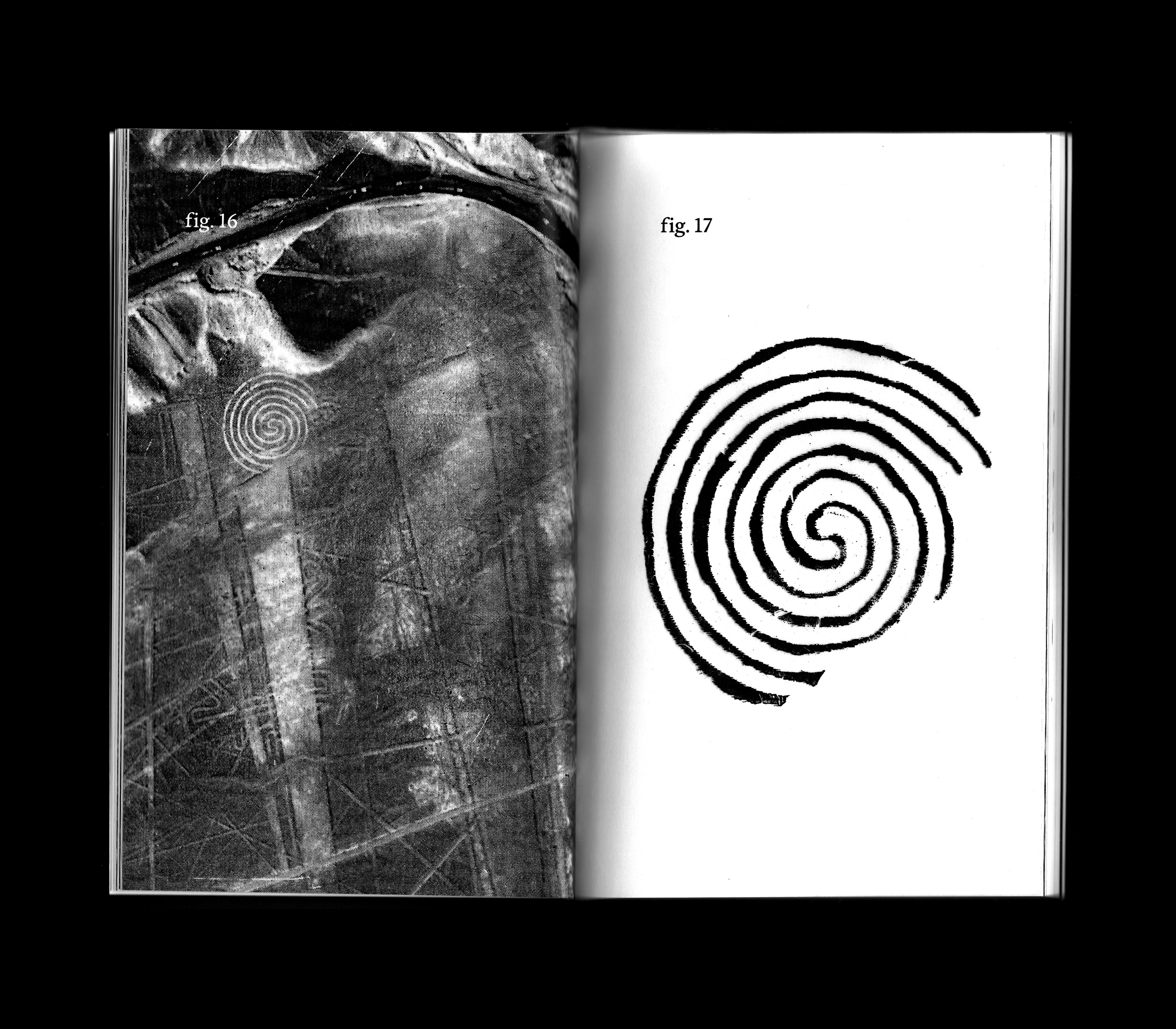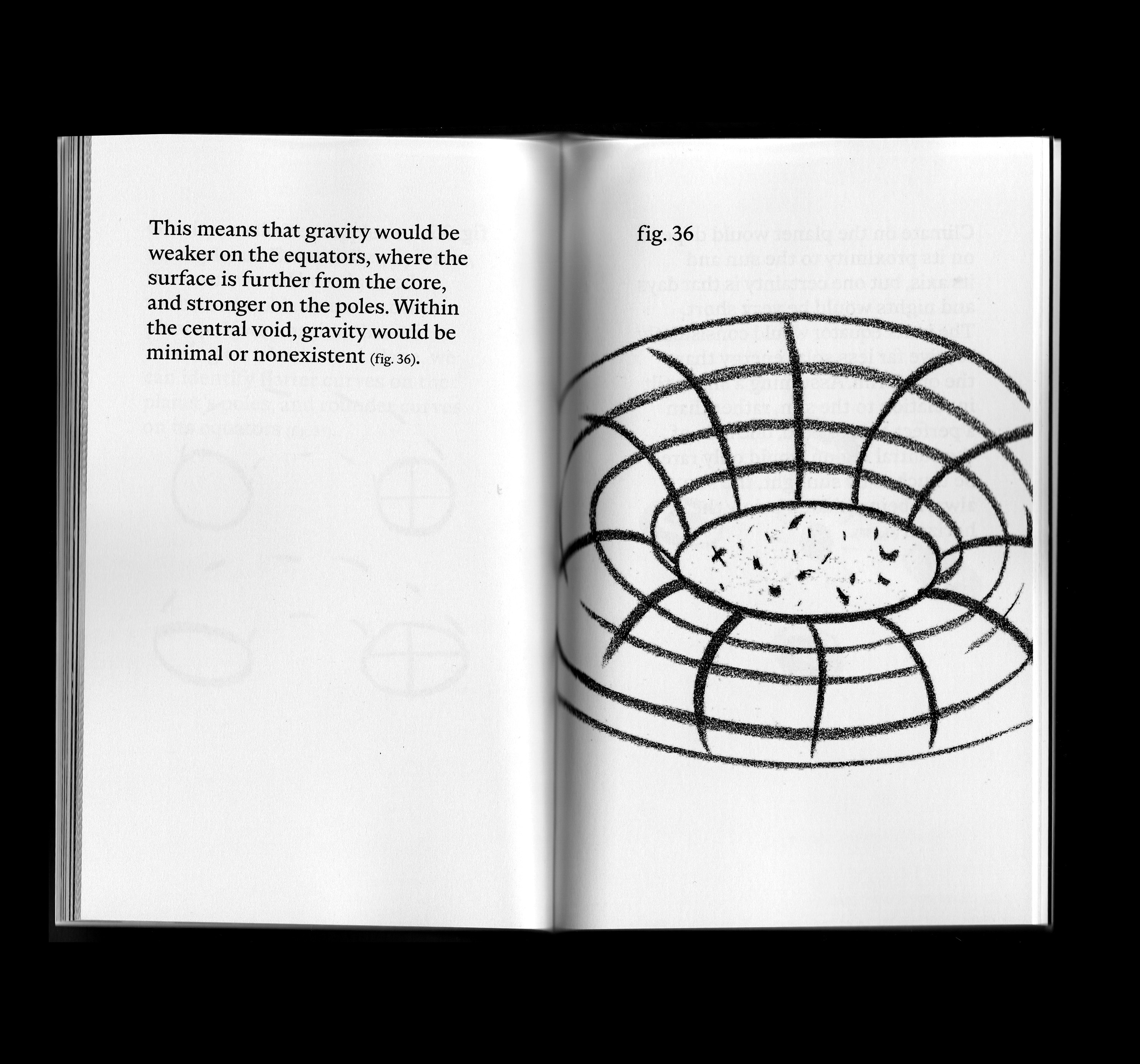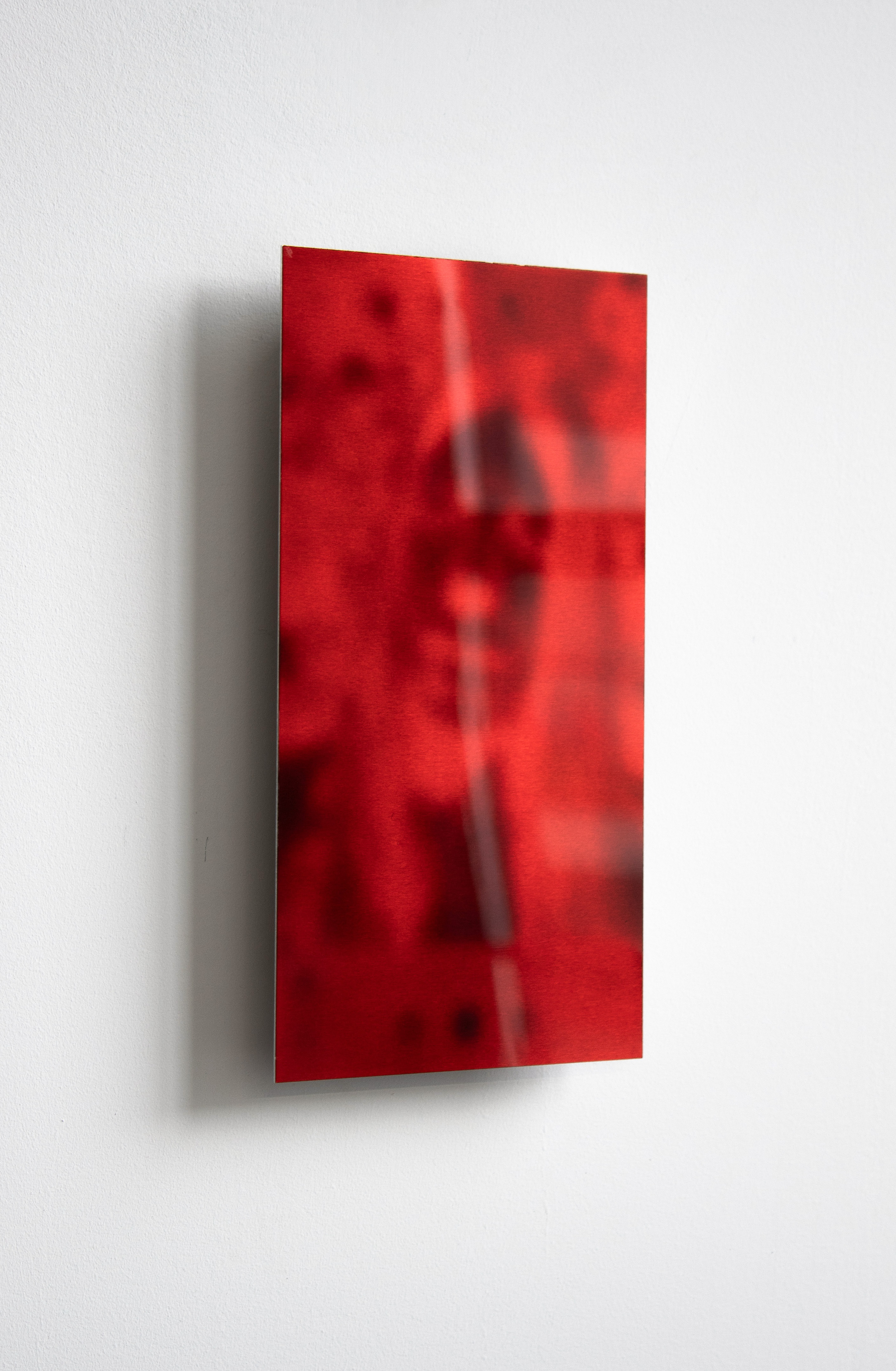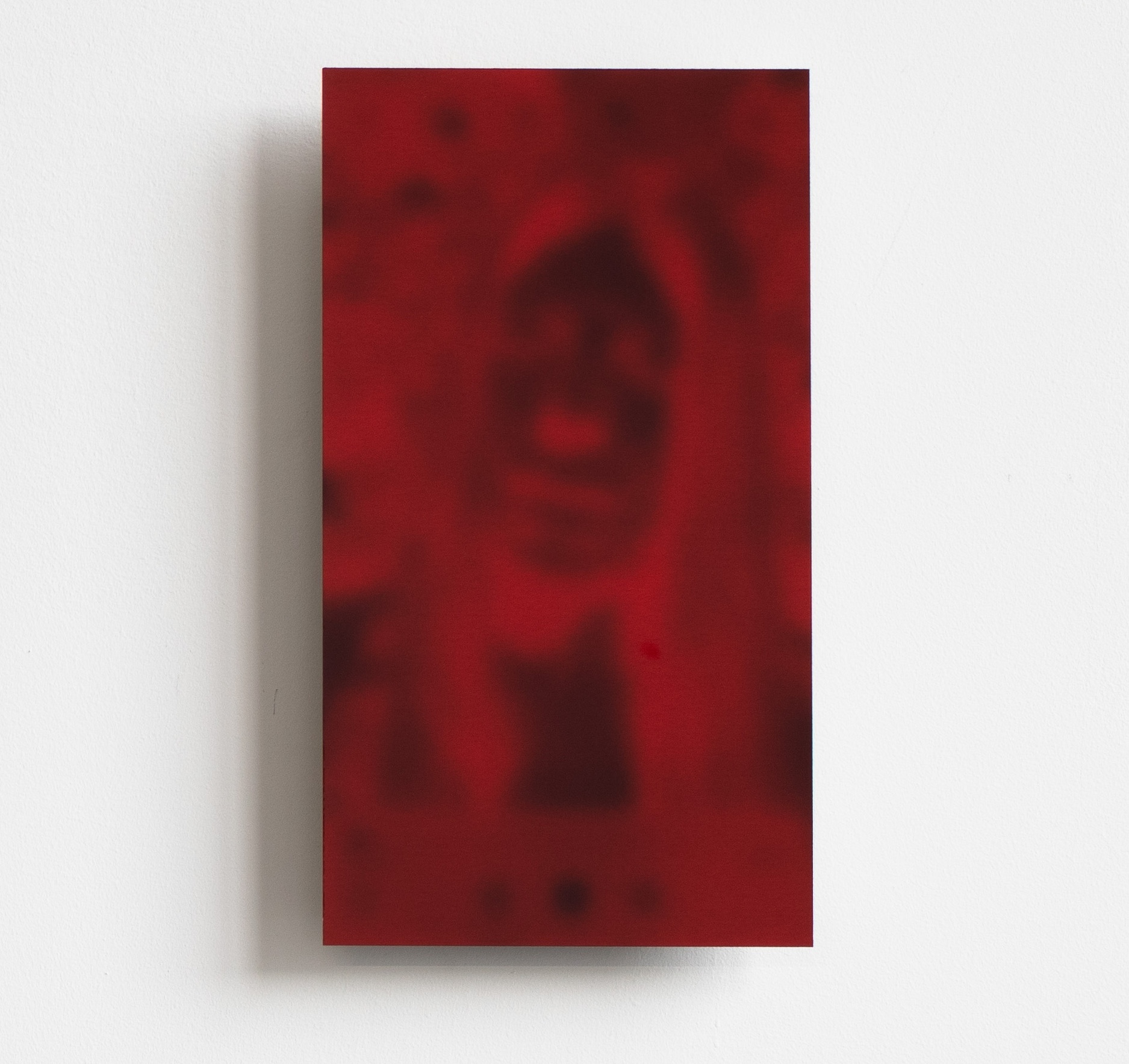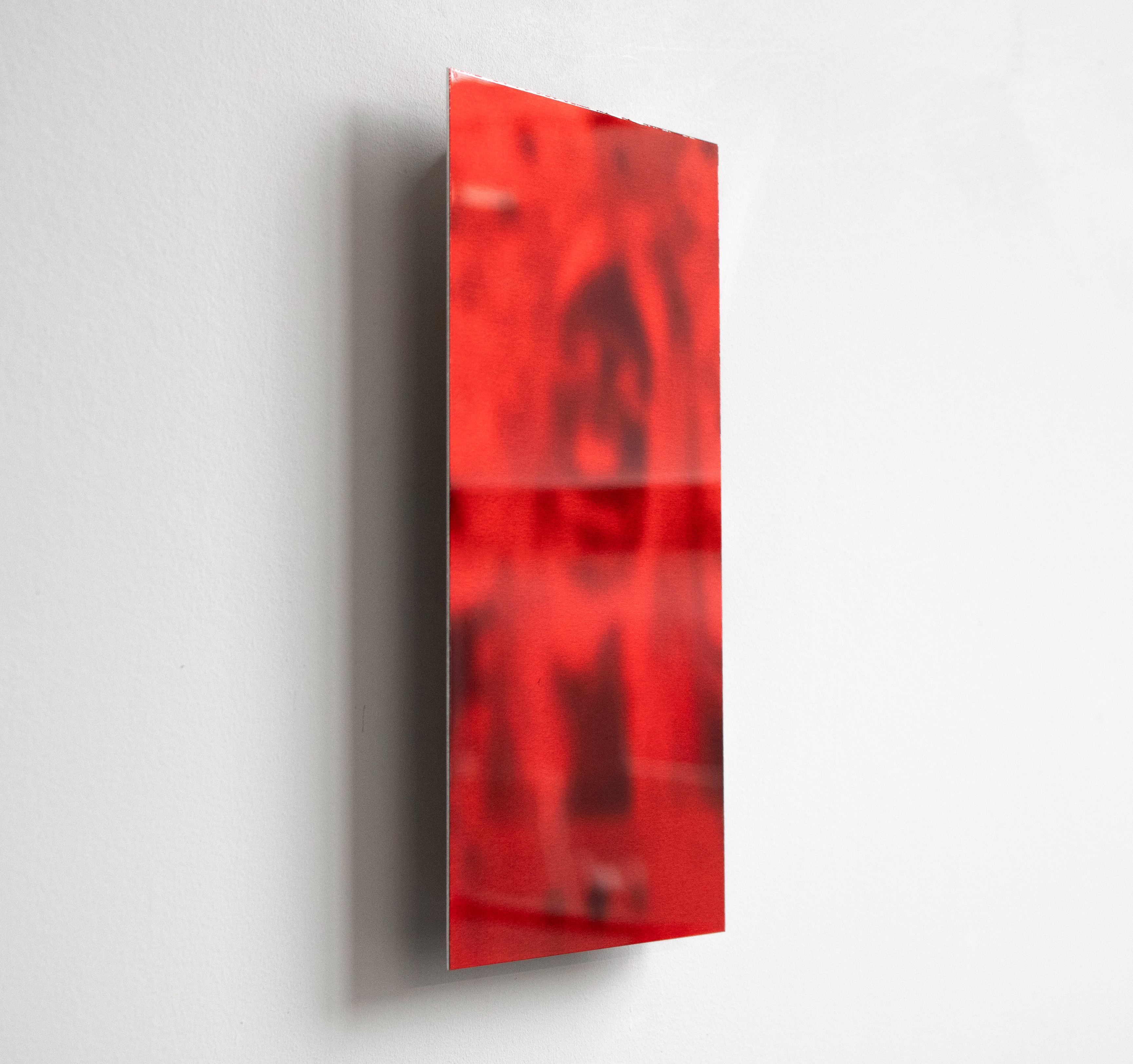Sophie Auger
→
→

Work
→ CV
→ Info
→ Teaching site
-
Afterimage
Narrowcasting
If a Token Could Speak
Undeletable Image
Token Provenance
Unknown Guided Tour
→ CV
→ Info
→ Teaching site
©2025 Sophie Auger

